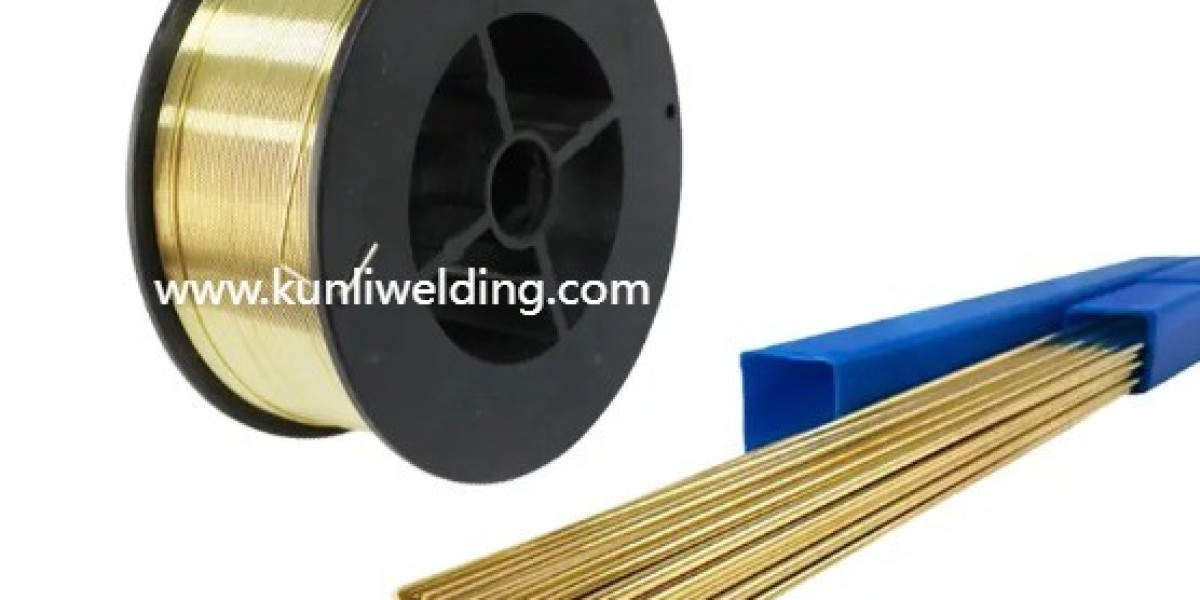Consistency matters when welded structures depend on reliable feed and predictable deposit. Aluminum Welding Wire Manufacturers play a central role in turning raw metal into coils that feed smoothly and weld without surprise. Recent supply chain disruptions and growing attention to environmental practice have pushed both buyers and producers to tighten how quality is demonstrated and maintained.
Material control starts the chain. High quality coils begin with a material trail that ties each melt or batch to a spool. When suppliers document the source and basic chemistry checks it reduces the chance that an unexpected impurity arrives mid production. Practical entry tests at the melt stage combined with visible lot marking make later troubleshooting much faster because every spool can be linked to a record rather than treated as an anonymous consumable.
Process discipline follows. Stable drawing tension consistent die maintenance and controlled cooling avoid variations in diameter and surface texture. Inline measurement points that sample diameter and visual finish during drawing detect trends before a full coil is completed. When a deviation is flagged early the operator can make a corrective adjustment instead of scrapping an entire spool after the fact. Those process controls are simple to implement and yield steady spool to spool behavior.
Inline inspection and sampling close the loop. Automated gauges for dimensional checks paired with quick visual audits for sheen and surface feel catch the common defects that cause feeding problems. A small random pull test that examines a short length helps confirm both diameter uniformity and strand lay. That evidence becomes part of a lot record and simplifies acceptance testing at the customer dock.
Packaging and handling matter more than many teams expect. Protective inner wraps moisture barriers and robust flange construction prevent mechanical damage and moisture ingress during multimodal transport. Clear spool marking tied to lot records allows receiving inspectors to match physical coils to documentation quickly. When a shipment arrives in predictable condition shops can move to a bench feed trial as a standard step rather than spend hours repacking or cleaning coils.
Objective pilot trials reduce risk. Buyers who include a staged release clause and a small pilot quantity in purchase terms get useful evidence early. A pilot that replicates the exact feeder geometry used in production verifies feedability and bead profile under realistic conditions. Photograph the pilot bead and log the feeder path and drive roll setting. Those artifacts make acceptance factual and limit subjective dispute later.
Supplier documentation and suggested starting parameters shorten ramp up. When manufacturers publish feeder notes spool orientation suggestions and recommended drive roll grooves the pilot typically consumes fewer spool hours. That guidance pairs well with arrival checklists and a concise acceptance script that receiving teams can run in minutes.
Operator training and simple audits preserve consistency on the shop floor. Small differences in set up and torch angle between operators often outweigh marginal material variation. Short focused training sessions on handling, bench feed checks and acceptance photography align crews and reduce variability across shifts.
Traceability and responsiveness support corrective action. If a customer finds an unexpected defect the ability to trace a coil back to its lot record and inline test logs speeds root cause work. Suppliers that keep clear records and respond with practical remediation steps shorten downtime and build procurement confidence.
Sustainability and resilience are increasingly part of the conversation. Practices such as controlled scrap handling and protective, reusable packaging not only reduce waste but also help protect spool condition through long transport routes. Buyers who consider packing and handling in procurement reduce the incidence of arrival damage and its downstream costs.
Practical quality means observable evidence at every handoff: material trail at the mill, inline checks during drawing, protective packaging for transit, a short pilot test at receipt, and clear documentation that links spool to sample weld. Those steps let manufacturers and customers manage risk together and keep production moving predictably.
For product details, handling notes and pilot guidance that support acceptance routines visit the product pages and technical resources at www.kunliwelding.com where you can find practical material information and handling suggestions to adapt into your shop protocols.







